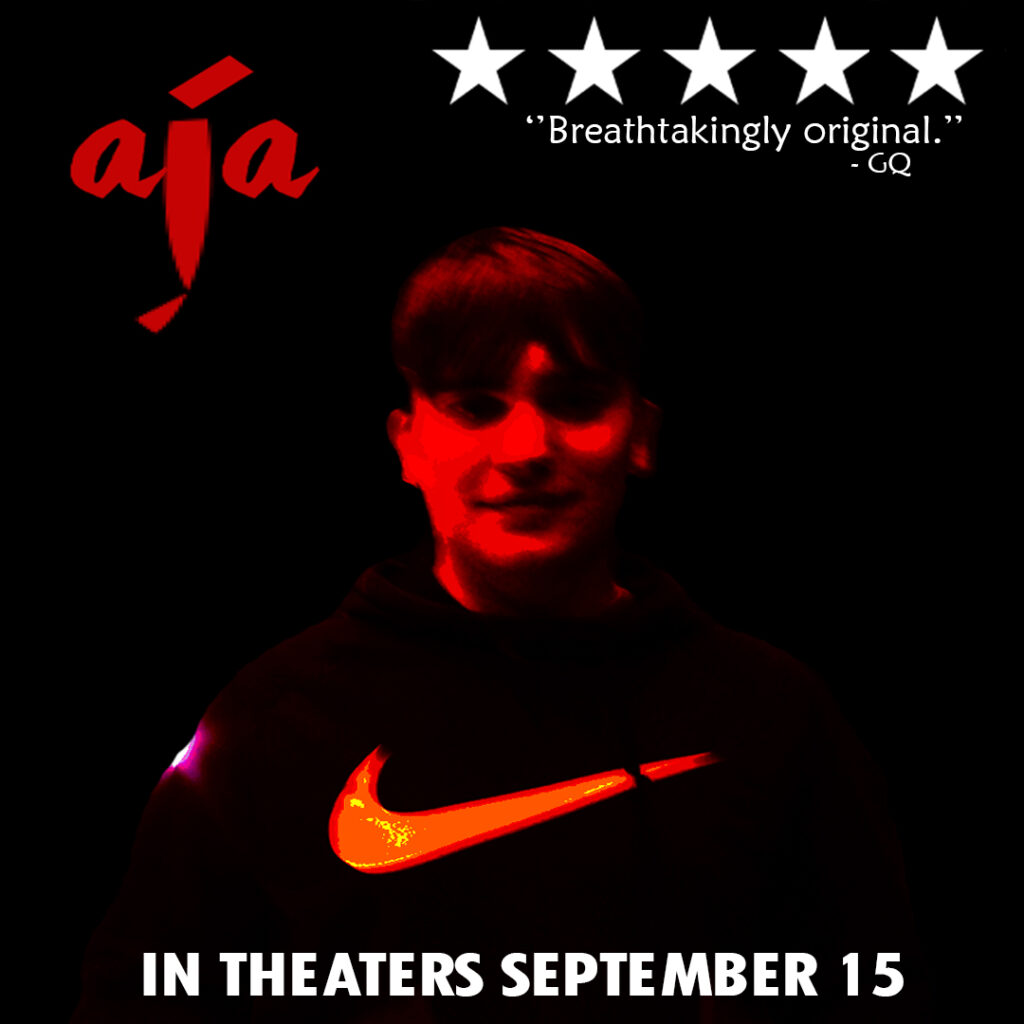Diegesis: term used to describe narration in a story used for exposition and to detail aspects of the world/storyline through descriptions of character thoughts/feelings. The narrator is typically detached from the story and is only there to add further details.
Anchorage: Anchorage is a term used in media studies to describe the process whereby a media product fixes meaning by using another piece of media to reduce the number of connotations, allowing the audience to interpret the intended meaning. Anchorage can be achieved through captions, shot types, costumes, or other elements of a media product. The words that accompany an image give the meaning associated with that image, and if the caption or voiceover is changed, then so may be the way in which the audience interprets the image.
A paradigm is a model or pattern for something that may be copied. It can also refer to a theory or a group of ideas about how something should be done, made, or thought about. A paradigm can be a model of something, or a very clear and typical example of something. For example, a company can be seen as a paradigm of entrepreneurship.
Syntagm: a chain which leads, through syntagmatic analysis, to an understanding of how a sequence of events forms a narrative.
Equilibrium: Todorov’s theory posits that most narratives follow a simple structure: a state of equilibrium is disrupted by an event, causing a disruption; the characters then work to restore the equilibrium, and in the end, a new equilibrium or resolution is achieved.













